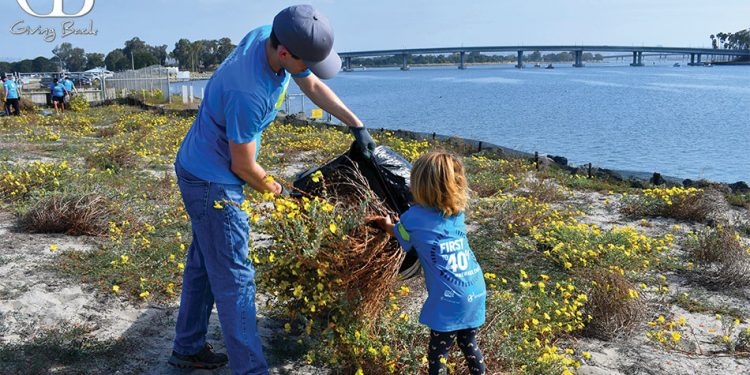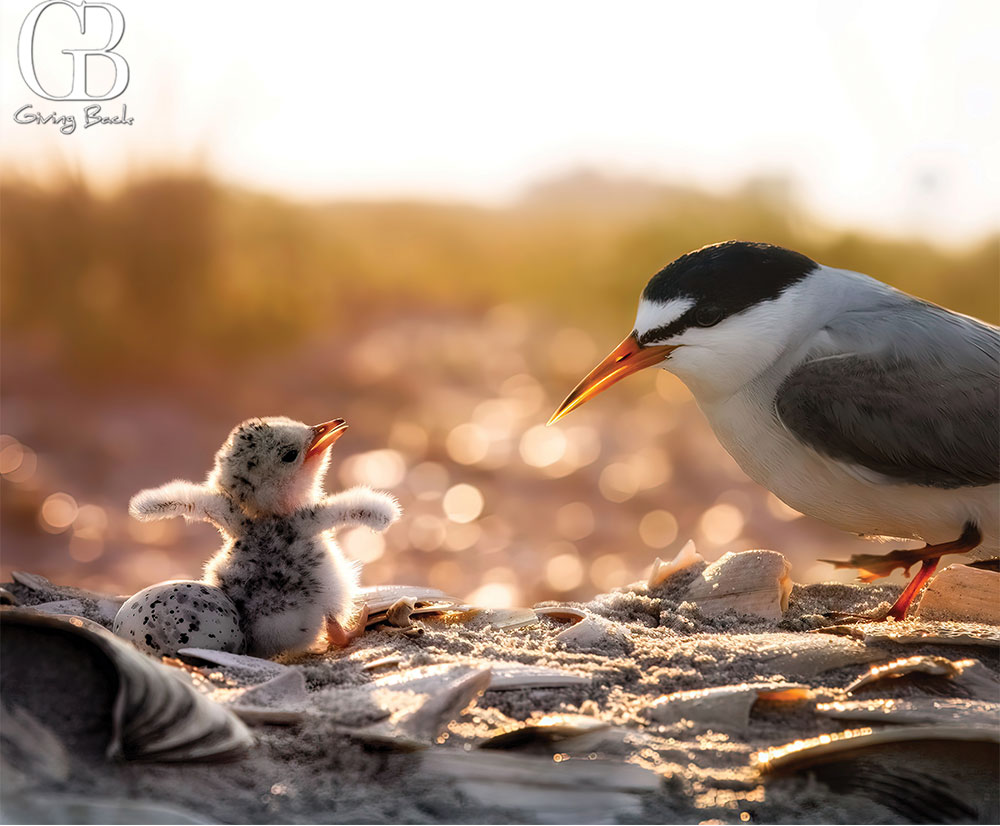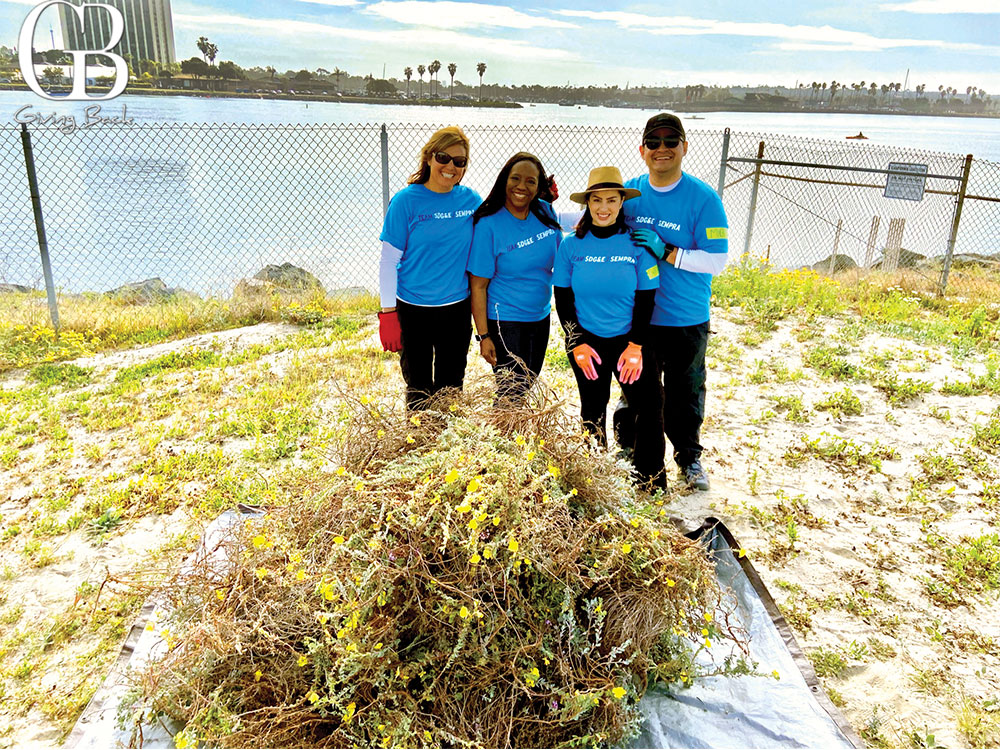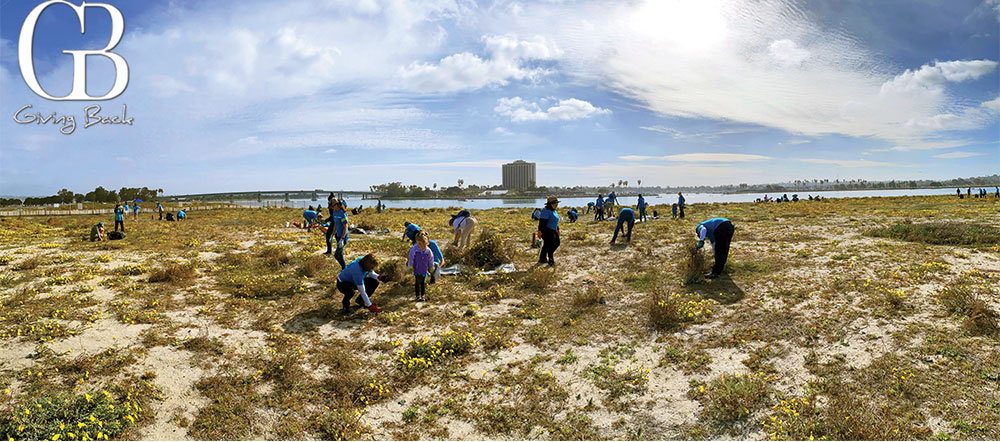Saving the California Least Tern

Throughout the year, and especially on World Wildlife Day, San Diego Gas & Electric® is committed to creating a lasting impact through environmental and sustainability efforts. In 2022 alone, SDG&E employee volunteers dedicated over 1,275 hours to local environmental nonprofits. SDG&E’s Environmental Champions initiative supports 501(c)(3) nonprofit organizations whose programs work to improve our local environment in San Diego County and southern Orange County. Each year, hundreds of SDG&E employees who share the same passion for environmental stewardship volunteer through an initiative called the Environmental All Stars program. Through Environmental All Stars, SDG&E employees volunteer for a variety of projects in the community, ranging from harvesting fruit and mulching in urban community gardens to restoring habitats for endangered species. For over a decade, SDG&E has partnered with the San Diego Audubon Society to restore the California Least Tern nesting habitat in Mission Bay.
Many locals are unaware that Mission Bay is home to several nesting preserves for California Least Terns, an endangered species of migratory seabird that are essential to the natural biodiversity of California. The little birds, being approximately 9 inches in length, are also local San Diegans- over 60% of the Least Tern nesting population can be found in San Diego County! The population was one of the first on the Endangered Species list, due to habitat loss from coastal development. In San Diego, Mariner’s Point in Mission Bay is one of the Least Tern’s most important nesting regions and has been the site of SDG&E employee volunteer participation since 2012. The California Least Tern eggs laid in our shores and dunes are camouflaged in the sand. To protect them, volunteers are needed to weed vegetation on their nesting preserves, so they have a good chance at successfully producing new, young, Terns.
Each year, SDG&E recruits roughly 100 employees and their families to spend a morning removing vegetation and preparing the area for the Least Terns to arrive for nesting in the spring. SDG&E’s impact has helped to remove tens of thousands of pounds of vegetation from Mariner’s Point and yielded over 2,200 volunteered hours. Volunteers restore coastal dune habitat by removing invasive plants, replanting native plants, and conducting other land management activities (putting out protective structures for chicks, mending fences, etc.) And this hard work is paying off! This site has been the most productive Least Tern nesting site in Mission Bay, with at least 430 fledglings hatched in the last 10 years. Fledglings are juvenile birds who have reached a certain level of maturity, and the tracking of these fledglings helps to identify an increase in population that was once on the verge of collapse and extinction.
San Diego is the most biodiverse county in the country, with more plant and animal species present here than anywhere else. To protect this regional biodiversity, many organizations – including San Diego Audubon Society – have implemented conservation plans to preserve and restore sensitive habitats. These organizations rely on dedicated volunteers to accomplish their goals.
Join SDG&E’s commitment to honor World Wildlife Day and visit www.sandiegoaudubon.org to find more local volunteering opportunities with the San Diego Audubon Society.








